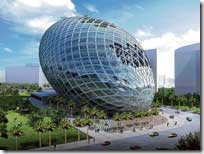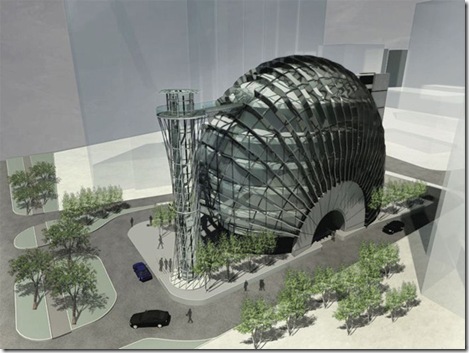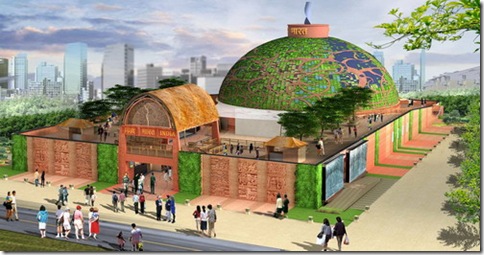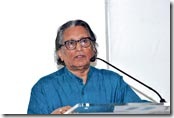Bindu Gopal Rao speaks to James Law, known across the globe for cybertecture. After the Pad Tower in Dubai, he is now coming up with a cybertecture egg in Mumbai, a unique project built without a single column.
“My career has been nothing less than an adventure,” declares James Law, Chairman and Chief Cybertect of James Law Cybertecture International. This company founded in 2001 offers services including architecture, master planning, interiors, multimedia, information technology and strategic planning, based on a first-of-its-kind platform called Cybertecture. Excerpts from an exclusive interview with DH Realty.
On his journey
I believe that in the limited time we are here we should be lucky to find our innate talent and use it to improve others’ lives by designing buildings and cities. Post my studies at UK, I went to Japan at the beginning of the 90s and began to realise that using a creative mind and technology would be the way forward. My aim is to be a visionary and an innovator and offer a new way of doing things and changing the old order.
 In fact, I started my company on January 1, 2001 – a date 01/01/01 to signify a new millennium and a new way of thinking. Today we have offices in Hong Kong, Dubai and Mumbai. When I started there were challenges as no one was willing to give me a project but I was clear that we must plan for the future. However the challenge to translate ideas into action and reach out to a critical mass is what makes this journey thoroughly enjoyable.
In fact, I started my company on January 1, 2001 – a date 01/01/01 to signify a new millennium and a new way of thinking. Today we have offices in Hong Kong, Dubai and Mumbai. When I started there were challenges as no one was willing to give me a project but I was clear that we must plan for the future. However the challenge to translate ideas into action and reach out to a critical mass is what makes this journey thoroughly enjoyable.
Concept of Cybertecture
In the old days construction material was glass, wood, stone and concrete. Today’s new age world has changed with invisible information, interactivity with Information technology (IT), information on the Internet and the collective power of new sciences.
I really see no difference between an iPhone and a building or why a building cannot keep us safe.



